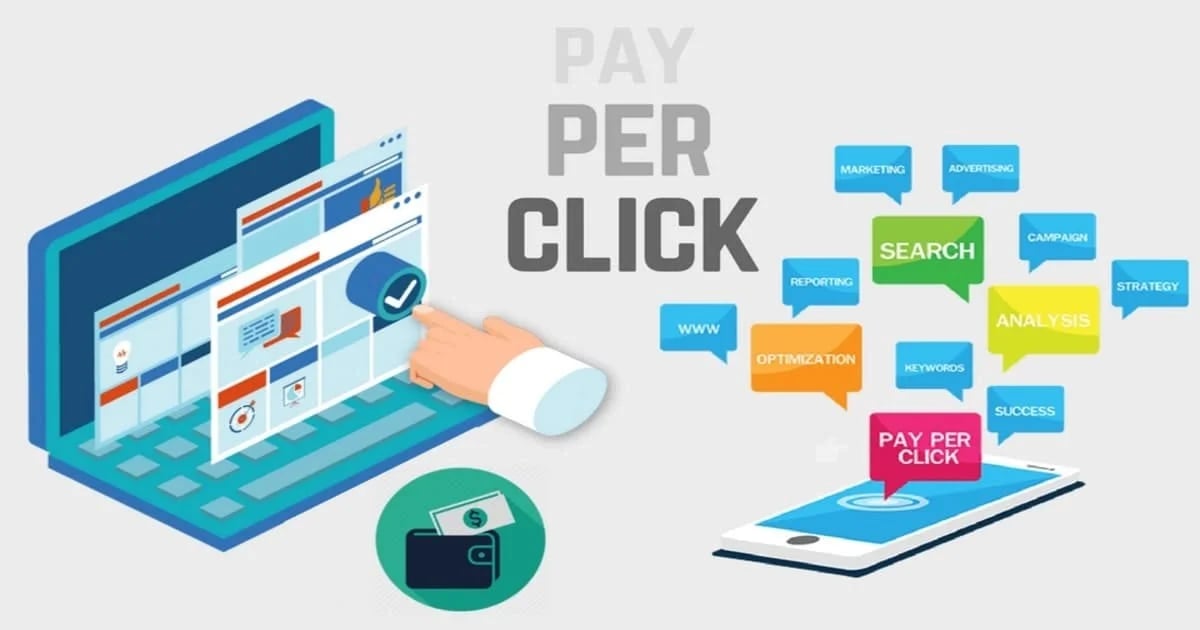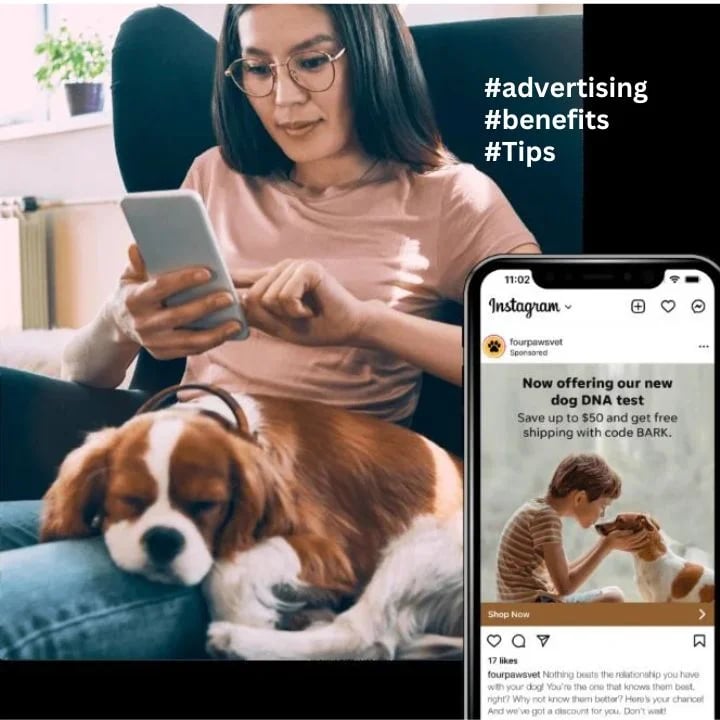
Influencer Marketing in 2025 is set to evolve, and you must be prepared to leverage influencer marketing effectively for your business. This guide will help you understand how to utilize influencers to connect with your target customers, generate leads, and enhance your online presence. By integrating social media strategies with influencer partnerships, you can strengthen your brand’s design and reach more potential clients.
Understanding Influencer Marketing

While many businesses have embraced influencer marketing, understanding its intricacies is imperative for your success. This powerful strategy leverages social media personalities to promote your brand, creating authentic connections with your target audience. By recognizing how influencers operate, you can effectively engage with customers and convert them into loyal leads, strengthening your overall online presence.
Definition and Key Concepts
Any effective marketing strategy begins with a clear definition. Influencer marketing refers to partnering with individuals who have a significant following on social media platforms to promote your products or services. This approach not only builds brand awareness but also allows you to leverage the influencer’s credibility, helping you connect with potential customers in a more personal and engaging way.
The Evolution of Influencer Marketing
Along the journey of influencer marketing, you’ll notice a dramatic shift from traditional advertising methods to modern techniques that prioritize authenticity. Over the years, as social media has evolved, so too have the dynamics of influencer partnerships. Businesses now have the opportunity to collaborate with micro-influencers and nano-influencers who resonate more deeply with niche audiences.
For instance, the rise of platforms like Instagram and TikTok has transformed how brands approach influencer collaborations. Rather than solely relying on celebrities, your business can now engage with everyday users who have built dedicated followings. These influencers often have higher engagement rates and more authentic relationships with their followers, making their endorsements significantly more impactful for your brand. Understanding these changes will help you adapt your strategies for the future and position your business for success in the ever-evolving landscape of influencer marketing.
Types of Influencers

Clearly, understanding the various types of influencers is crucial for your marketing strategy. Each influencer category appeals to different audience segments, making it important to choose wisely. Here’s a quick overview:
- Nano Influencers (1K-10K followers)
- Micro Influencers (10K-100K followers)
- Macro Influencers (100K-1M followers)
- Mega Influencers (1M+ followers)
Perceiving the unique attributes of each type can help tailor your approach for maximum impact.
| Influencer Type | Follower Count |
| Nano Influencers | 1K-10K |
| Micro Influencers | 10K-100K |
| Macro Influencers | 100K-1M |
| Mega Influencers | 1M+ |
Nano, Micro, Macro, and Mega Influencers
Among the various influencer types, Nano and Micro influencers tend to have more engaged audiences compared to their Macro and Mega counterparts. As a result, they often yield higher conversion rates. While Nano influencers foster close-knit relationships with their followers, Micro influencers also maintain authenticity but at a larger scale. Conversely, Macro and Mega influencers command broader audiences, which is beneficial for brand visibility even though engagement may vary.
Selecting the Right Influencer for Your Brand
Right influencer selection plays a vital role in determining your business’s marketing success. You should consider not only their follower count but also how well their values and content align with your brand. Prioritize factors such as engagement rates and audience demographics to ensure that the influencer resonates with your potential customers, thereby generating quality leads.
Understanding the nuances of your target audience is key when selecting the right influencer for your brand. Look for an influencer whose followers mirror your customer base and who genuinely connects with them. Collaborating with influencers that embody your brand’s ethos can enhance your online presence and drive traffic to your website. Partnering with the right influencer allows Mister Nguyen Agency to elevate your business, utilizing social media effectively to design a brand that resonates with your audience.
Crafting an Influencer Marketing Strategy

Now that you understand influencer marketing, it’s time to craft a strategy that elevates your business. This involves aligning your marketing goals with the right influencers who can resonate with your target audience. A well-planned strategy not only enhances your brand’s visibility but also helps in converting leads and engaging your customers through authentic storytelling on social media platforms.
Setting Goals and Objectives
Beside gaining a clear vision of your influencer marketing strategy, setting specific goals and objectives allows you to measure your success effectively. Determine what you want to achieve—whether it’s increasing brand awareness, driving website traffic, or boosting sales—and create a roadmap that outlines key performance indicators (KPIs) to track your progress.
Identifying Target Audience and Channels
Influencer marketing thrives on knowing your audience. Understanding who your customers are will guide you in selecting the right influencers and social media channels for your business. Consider demographics, interests, and online behaviors to ensure your strategy resonates with your target market.
Target your efforts by segmenting your audience and exploring where they spend their time online. Analyzing social media platforms will reveal which channels align with your brand identity and customer preferences. Partnering with influencers on these platforms can effectively turn their followers into leads and loyal customers for your business. Mister Nguyen Agency can assist in identifying the right influencers to bolster your design brand through tailored outreach and content creation strategies.
Collaboration Techniques
Keep your influencer collaborations structured and purposeful. Effective techniques involve leveraging the strengths of your partners while amplifying your brand message. Focus on shared goals and develop a strategy that defines how influencers will engage with your audience. This approach not only builds rapport but also ensures that your business is portrayed authentically and resonates well with your customers.
Building Authentic Relationships
Before submerging into collaborative efforts, take the time to build authentic relationships with influencers. This means engaging with their content, understanding their values, and establishing a genuine connection. By approaching influencers with a mutual respect for each other’s work, you’ll set the stage for fruitful partnerships that can enhance your brand’s presence on social media and lead to higher customer loyalty.
Creative Content Collaborations
With the right influencers, you can create unique content that captivates your audience and elevates your business. Think outside the box and consider collaborative formats such as live videos, giveaways, and co-branded products. Ensure that this content aligns with your overall marketing strategy and resonates with your target demographic, as it can effectively attract new leads while strengthening your existing customer relationships.
At Mister Nguyen Agency, we understand the importance of creative content collaborations in influencer marketing. When you bring together your brand’s vision with an influencer’s stylistic flair, you can craft engaging material that speaks directly to your audience’s preferences. Utilizing a mix of formats—such as reels, stories, and blog posts—helps diversify your brand’s reach across various digital platforms. The more authentic and innovative your content, the more likely it is to resonate with potential customers, ultimately driving traffic to your website and fostering growth in your business.
Measuring Success in Influencer Marketing

All effective influencer marketing strategies rely on measuring success to refine your approach and maximize results. By tracking specific metrics, you can assess the impact of your collaborations, ensuring your business resonates with customers and generates valuable leads. Understanding how to evaluate performance will empower you to make informed decisions that enhance your influencer partnerships and boost your brand’s visibility.
Key Performance Indicators (KPIs)
On your journey to successful influencer marketing, identifying key performance indicators (KPIs) is necessary. These metrics, such as engagement rates, reach, and conversion rates, provide insight into how well your campaigns resonate with the audience. By monitoring these KPIs, you can fine-tune your strategies, ensuring that your investments yield the best possible results for your business.
Tools and Metrics for Evaluation
Indicators like engagement, reach, and conversion rates can guide you in evaluating the efficacy of your influencer marketing campaigns. Utilizing various tools such as social media analytics, tracking URLs, and customer feedback can help you gather valuable data. Tools like Google Analytics can reveal how influencer-driven traffic interacts with your website, providing you with a comprehensive view of your business’s performance.
In fact, using a combination of these tools and metrics will allow you to paint a complete picture of your influencer efforts. By analyzing customer behavior on your website, you can determine which influencers are driving valuable traffic and leads. This thorough evaluation enables you to optimize your future partnerships, ensuring that your collaborations with influencers effectively boost your brand design and expand your social media presence, ultimately leading to more satisfied customers.
Trends and Predictions for 2025

For businesses looking to leverage influencer marketing in 2025, emerging trends will shape your strategy significantly. As you explore What is Influencer Marketing? – The Ultimate Guide for 2025, consider the rise of niche influencers, increased focus on authenticity, and the integration of AI tools to enhance targeting and engagement with customers.
The Impact of Technology on Influencer Marketing
Predictions suggest that technology will revolutionize influencer marketing by introducing enhanced analytics and data-driven strategies. In 2025, you can expect to see more sophisticated algorithms assessing influencer effectiveness, making it easier to connect with the right audiences. This advancement will help your business refine its approach and build stronger relationships with customers.
Future Marketing Strategies to Consider
With rapid advancements in technology and changing consumer preferences, you should adopt innovative marketing strategies that focus on personalized experiences and community engagement. Embrace social media platforms that cater to your target demographic and leverage user-generated content to build brand trust, allowing you to stay relevant in 2025.
Trends indicate that creating immersive experiences will be vital for your marketing strategy. You can engage customers effectively through live-streaming events or interactive content, enabling your business to build a genuine connection with your audience. Additionally, collaborating with micro-influencers can help you tap into niche markets, driving quality leads and enhancing your brand’s visibility in a competitive landscape.
Summing up
Upon reflecting on “What is influencer marketing: An influencer strategy guide for 2025,” you can now understand how effectively leveraging social media influencers can enhance your business’s online presence. By incorporating influencer strategies, you can boost your website traffic, generate valuable leads, and connect with your target customers authentically. Whether collaborating with the Mister Nguyen Agency or developing your unique campaigns, prioritizing influencer marketing will empower your design brand to thrive in the competitive landscape. Adopting these practices in 2025 will undoubtedly position you ahead of the curve.











